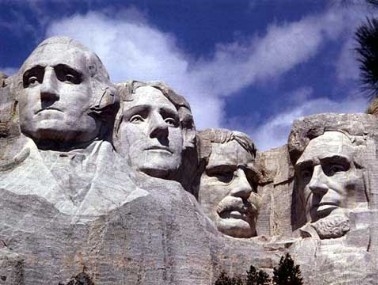The 1920s is boom time in America.
20世紀20年代是美國的繁榮時期
Money flows and oil wells explode.
金錢如潮涌來,油井不斷開采
Though farmers are struggling, cities expand.
農民們掙扎求生,城市卻飛速擴張
Skyscrapers go higher than the stock market.
摩天大樓擎天之勢讓高攀的股指也望塵莫及
Aspirations run wild for cars and suburban housing projects like Hollywoodland.
對汽車和類似好萊塢的近郊豪宅的渴望急劇膨脹
By 1929,more money is spent on advertising than on education.
到1929年,廣告業產值超過了國民教育支出
We got a little carried away with consumerism and capitalism and it bite us in the butt.
所謂消費至上和資本主義,讓我們有點飄飄然了,到頭來反受其害
The boom is built on credit.
繁榮的根基 是銀行信用體系
In 1929,$6 billion of goods are bought on credit,
1929年,美國人用信用卡買了60億美元的商品
but 80% of Americans have no savings at all.
與此同時,80%的美國人卻沒有絲毫積蓄
Some stocks are valued at 50 times what they're really worth.
有的股票市值高達其實際價值的50倍
A giant bubble just ready to burst.
一個巨大的泡沫即將破滅
By October 1929, the inevitable happens.
1929年10月,該來的還是來了
The stock market loses 12 times more money in three weeks,
股票市場3個星期內蒸發掉的市值
than the US government uses in a year.
相當于美國政府一年財政開支的12倍還多
The entire country could've gone down--and almost did, from an economic point of view.
整個國家很可能就此一蹶不振,從經濟角度來看也確實幾乎如此
For a year after the stock-market crash,
股市崩潰后整整一年
America's economy teeters on the edge of the abyss.
美國經濟徘徊在深淵的邊緣
December 1930.The streets of New York are quiet.
1930年12月,紐約街頭非常平靜
It's been a year since the stock-market crash of 1929,
離1929年股市崩潰已經一年多了
but only 2% of the population own stocks.
不過只有2%的人口是股民
The other 98% get on with their lives.
其他98%的人生活依舊如常
Until today.
直到這一天












